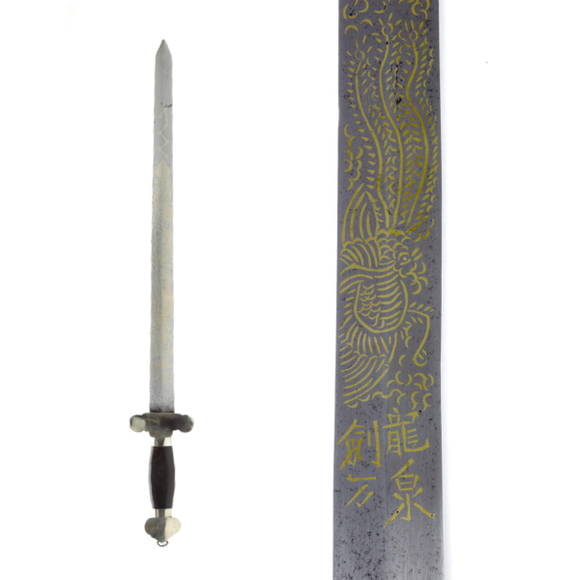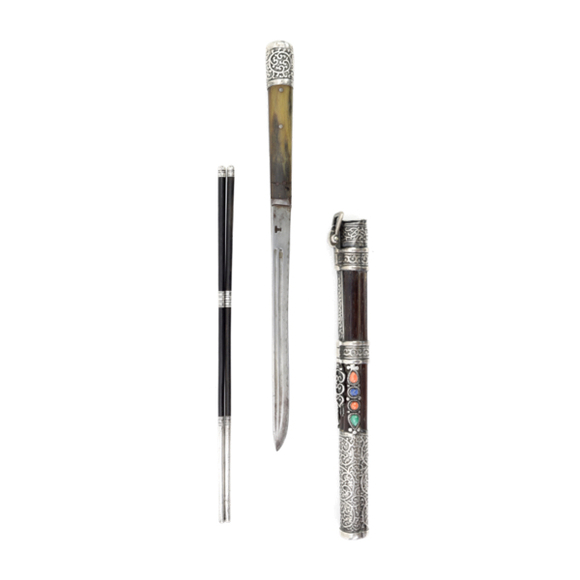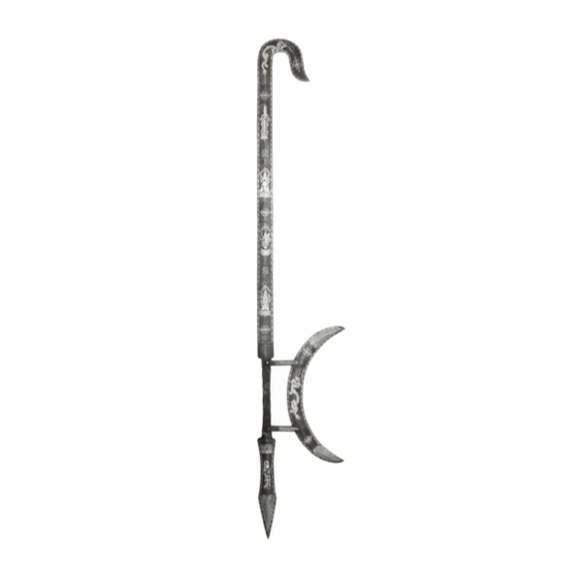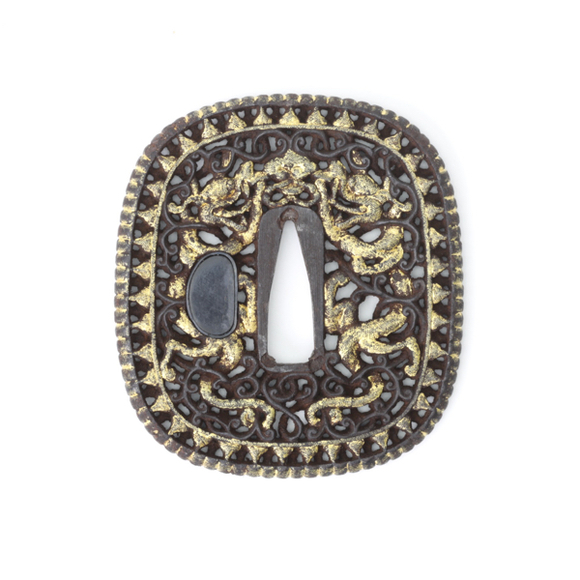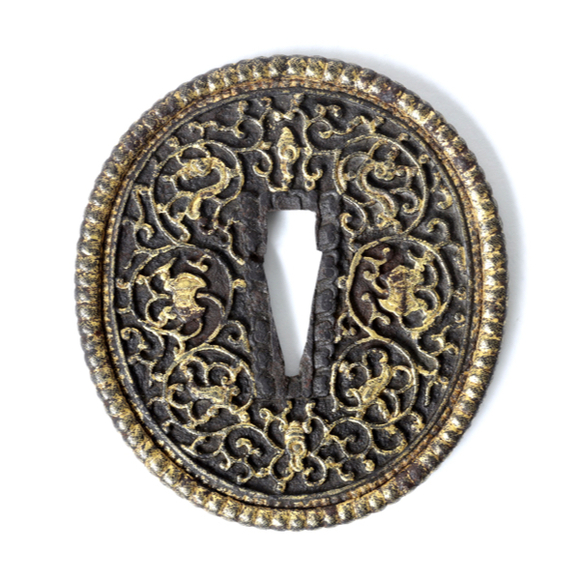Language: Mandarin Chinese
Source: Period literature
Description
Zhūgénǔ (诸葛弩) literally means "Zhuge crossbow", Zhuge refers to the old ruler Zhuge Liang (181-234 A.D.), a Chinese strategist and first minister of the state of Shu-Han. With Chengdu as its capital, Shu-Han was one of the kingdoms of the Three Kingdoms period. While Zhuge Liang made use of them, archaeological finds date back the invention at least six centuries before his time to the period of Chu.
It is often written Cho-Ko-Nu in English sources. An alternative name for the device is liánfānǔ (連發弩), literally repeater crossbow.1
Notes
1. Great Ming Military Blog - The Chinese repeating crossbow
History
It is perhaps one of the most famous and long-lived of Chinese weapons. The repeating crossbow design dates back to the 4th century B.C. and stayed in use by China's armed forces up until as late as the 19th century. Civilian use lasted even longer, at least until the 1930s. Its basic design has remained relatively unchanged over the ages.

A page from the 1843 Illustrated Handbook of Military Techniques (兵技指掌图说) by Naer Jing-e of the Manchu Plain White Banner.
Written for the Green Standard Army of Zhili.
The military versions tend to be on the large side. Many of the smaller ones that have survived appear to be more suited for civilian self-defense. Some of these arrows were poisoned with the very potent aconite poison, making it a formidable weapon against intruders.

A bottle of aconite poison for a tiger trap type crossbow, collected in Ningbo, China, in 1914.
Pitt Rivers Museum, accession number: 1914.27.1.
Effectiveness
Many a replica has been tested, and they often show that the weapon is neither very strong or accurate. While obviously lacking the accuracy of other archery gear, the lack of strength in these replicas is partly due to the abrasion of the mechanism but can also be attributed to the use of a somewhat light bow. The bows on antiques are markedly thicker than the ones I've seen used on replicas.
Eyewitnesses that some examples used in the 1930's shot up to 300 meters.1 Still, it wasn't hailed for its range, nor power. In the Ming, they wrote:
"The Zhuge Nu is a handy little weapon that even the Confucian scholar (i.e., a weakling) or palace women can use in self-defense. It fires weakly so you have to tip the darts with poison. Once the darts are tipped with 'tiger-killing poison,' you can fire it at a horse or a man and as long as you draw blood, your adversary will die immediately. The draw-back to the weapon is its very limited range." 2
(Translation by Stephen Selby.)

Schematics of the repeating crossbow from the Ming dynasty Wubeizi of 1628.
Notes
1. Sir Ralph Payne-Gallwey; The Book of the Crossbow
2. Stephen Selby; Chinese Archery

